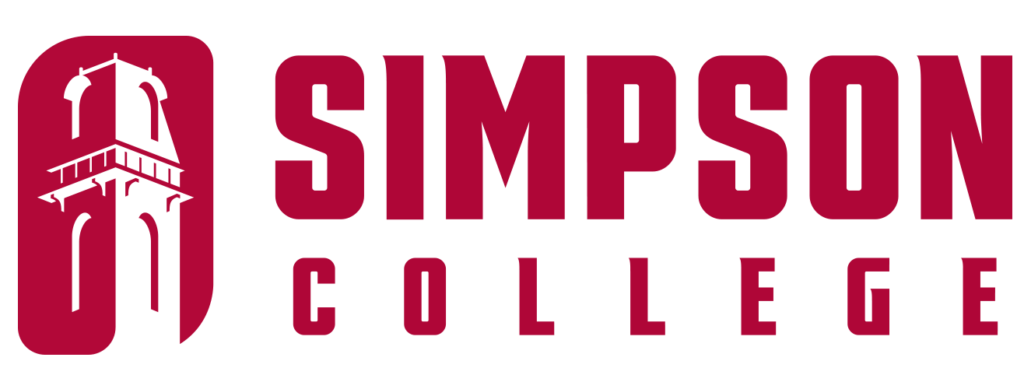Guest opinion: Bridging the gender divide

BPC Staff Jan 14, 2019 | 6:43 am
3 min read time
689 wordsAll Latest News, Opinion, Women’s and Gender IssuesBy Betsy McCloskey | Founder and partner, Plaid Swan Inc.
The year 2017 was a breakthrough year for women everywhere. With the #MeToo and Time’s Up movements that started in Hollywood, it has brought the gender struggle to the forefront of conversations.
This has been realized not just on the movie set, but also in corporate America. Allegations of sexual harassment, across all industries, began shining a light on the unacceptable behavior that was allowed it to exist for so many years. In addition, on Equal Pay Day 2018, it showed that women still earned 80 cents on the dollar compared to their male counterparts, with the pay gap being even larger for women of color.
All of this has given women the confidence to speak up and be heard. It has made people pay attention to who they are doing business with. It has made companies take a step back and look at their own culture.
Companies now have the opportunity to be proactive and let their employees and customers know they are not OK with the status quo. While there is not just one answer to these gender issues, having more diverse leadership on boards is critical to changing these cultural norms.
In 2017, the 2020 Women on Boards Gender Diversity Index of Fortune 1000 companies showed that women held 19.8 percent of board seats, and for smaller and newer companies, that number was only at 15.8 percent. While these numbers are trending up, there is still a long way to go considering women comprise about half of the total U.S. workforce and hold half of all management positions.
A company’s board has a significant impact on decisions, culture and the direction of the company. Although the board doesn’t always have a lot of visibility within the company, it is the starting point for having a workplace culture that embraces diversity and values what women can bring to the table.
A boardroom of middle-aged men isn’t going to have the same conversations as a room filled with different backgrounds, life experiences, competencies and insights. A more diverse board will have conversations that are more dimensional and thought-provoking, and more representative of customers and employees. Conversations that are more likely to lead to healthy debate that pushes the status quo, versus “groupthink,” which leads to consensus and discourages creativity.
Making sure the right people are at the table that represents the board’s constituents will help influence hiring decisions, set standards for behavior and misconduct among employees, and address wage gap issues.
A diverse boardroom not only impacts the internal culture and operations but also helps shape the overall values of the company, which reflects the company image.
More and more people are looking to do business with companies that align with their values, especially young people. With 80 percent of purchase decisions being made by women, a male-dominated board can create a major disconnect and many companies are missing the mark.
Women board members are likely to be more in tune with women’s needs than men, which can help them understand purchase motivations and make decisions that reflect their target audience. Diverse boards can help bridge a connection to the people who are making a large majority of the purchases.
And if these reasons are not enough, research shows that a diverse board positively impacts the bottom line. A study by McKinsey & Co. found that companies in the top quartile of board diversity (with diversity defined in terms of both gender and nationality) saw a return on shareholder equity that averaged 53 percent higher than that of companies in the bottom quartile. Their margins were also 14 percent higher than those of the companies with the least diverse boards.
The times are changing; companies need to be adaptable or be left in the dust. Starting from the top is the best way to see positive change trickle down through all aspects of the company.
Betsy McCloskey is a partner at Plaid Swan Inc, a full-service marketing communications firm located in Cedar Rapids and Dubuque. She is also a board member for Iowa Women Lead Change, a statewide women’s leadership organization.










